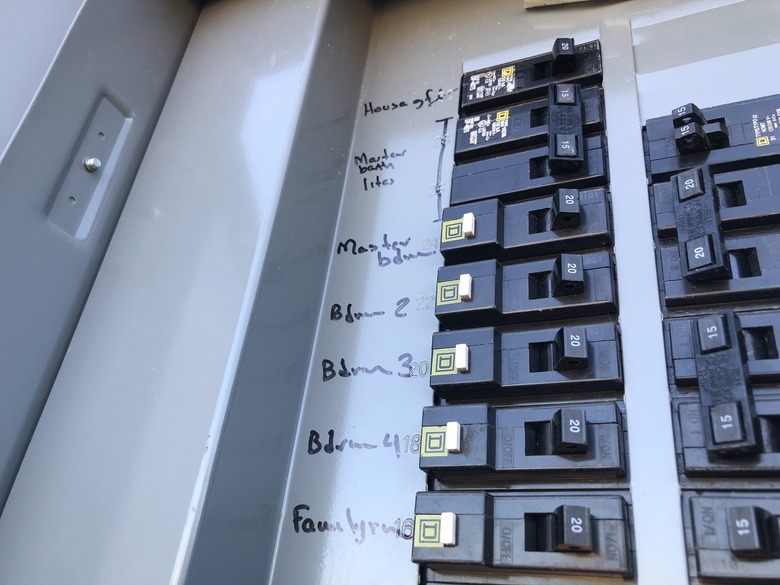How To Put Out An Electrical Fire
We may receive a commission on purchases made from links.
According to the U.S. Fire Administration (USFA), 6.8 percent of the 354,400 residential building fires reported in 2019 were caused by electrical malfunctions. Virtually all home electrical fires are nonconfined, making them more dangerous and destructive, and they tend to result in more costly property damage than other types of fires.
What Is an Electrical Fire?
What Is an Electrical Fire?
USFA defines an electrical fire as one caused by heat from electrical transformers, wiring, meter boxes, outlets, cords, light fixtures and anything else that conducts electricity. Common sources of ignition include arcing caused by power surges and frayed wire insulation that allows contact between flammable materials and hot electrical conductors. These fires start most often in bedrooms and attics, and the most common ignitable material that starts the fire is the wire insulation itself, although framing members, wall insulation and wall coverings also ignite.
Don't Use Water
Don't Use Water
The top piece of safety advice — as far as electrical fires are concerned — is to avoid trying to put one out with water. Water conducts electricity, and you could be seriously shocked or electrocuted if the water extends in a continuous stream from the fire to your hands. Not only that, but instead of putting out the fire, water may simply help it spread by conducting the electricity throughout the room, where arcing and sparks could ignite flammable materials.
Use a Type C Extinguisher
Use a Type C Extinguisher
Electrical fires are class C fires, and your house should be equipped with a type C fire extinguisher to combat small fires. This type of fire extinguisher puts out a fire by smothering it with carbon dioxide or by discharging a dry chemical, usually sodium bicarbonate. Unlike water, the discharge from the fire extinguisher won't conduct electricity.
In addition, you can use a multipurpose ABC fire extinguisher, which is also suitable for other types of fires. It typically contains dry chemicals. Both class C and ABC extinguishers are clearly labeled.
Appliance, Heater and Computer Fires
Appliance, Heater and Computer Fires
Appliances can overheat and cause fires, often because of poor grounding, power surges or motor friction. The heating elements on electric space heaters can overheat, usually because dirt has collected on them. Moreover, the logic boards inside computers can overheat and ignite, often because of a power surge. Until you unplug the appliance, heater or computer, it's a class C fire and requires a type C fire extinguisher. If the fire is small, it's safe to put it out with baking soda, which is basically the same stuff that's in a class C fire extinguisher.
Shut Off the Main Breaker
Shut Off the Main Breaker
While the fire is still small, you may be able to prevent it from growing by turning off the main breaker in the home's electrical panel. It's typically a large single or double breaker switch located at the top of the breaker area (but it may be to the side of or below the other breakers). It may be labeled or simply show a number indicating amperage. Toggle the switch until it clicks in the OFF position. Never approach the electrical panel if there is water in the area or if any part of your body is wet.
Recognize When to Give Up
Recognize When to Give Up
Electrical fires spread quickly, and once a fire is burning out of control, it may block your escape before you have a chance to react. To avoid this scenario, stop trying to extinguish the fire as soon as you see that it's spreading, despite your efforts to contain it. While there is no rule to determine this critical point, be alert to the presence of smoke coming from unseen places, such as behind the walls, and open flames around gas pipes or highly flammable materials, such as curtains.
